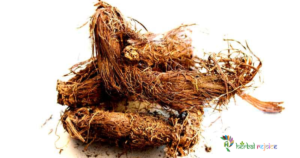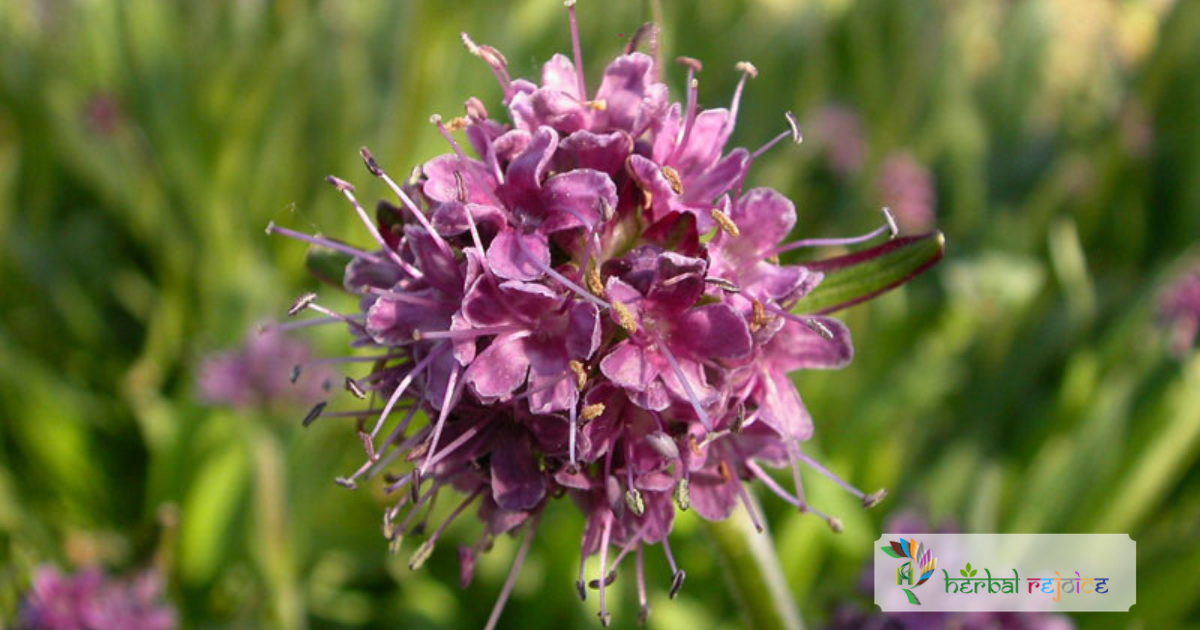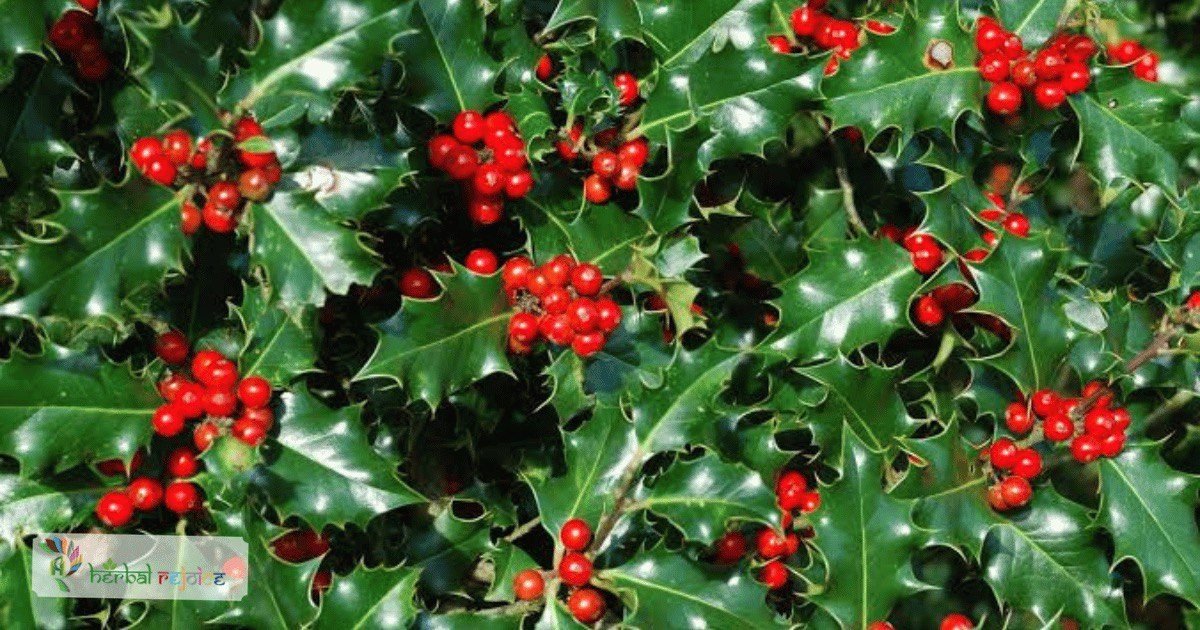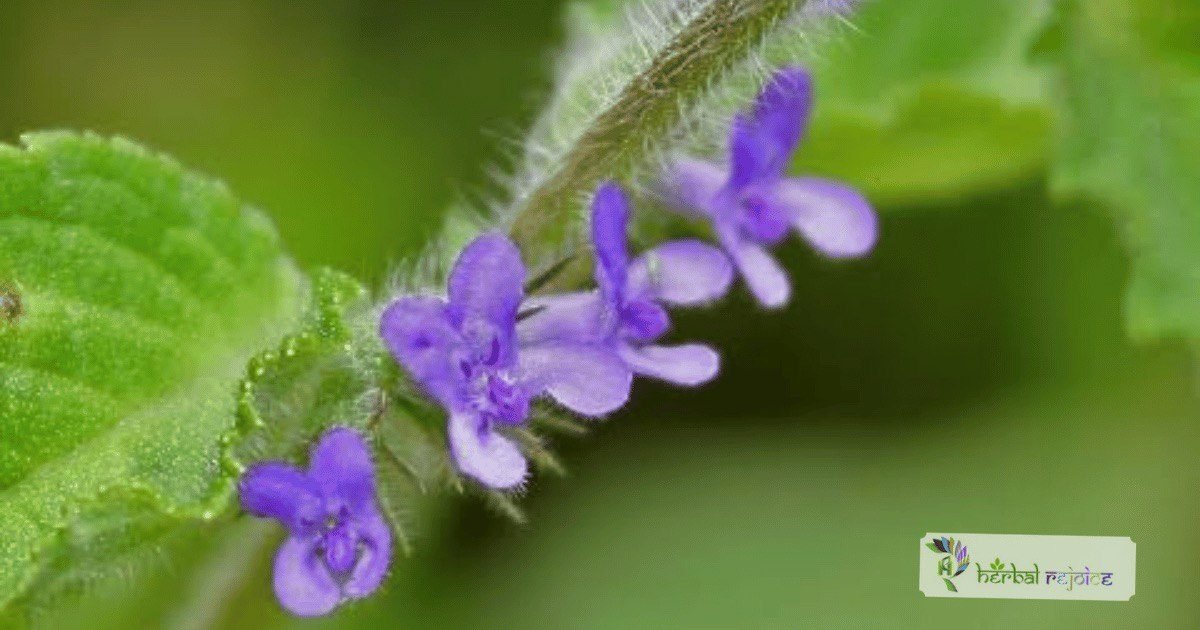Introduction:
Spikenard, also known as Musk-root, is a valuable herb found in the Alpine Himalayas, Kumaon, Sikkim, and Bhutan regions. Dry rhizomes of Spikenard reduce skin diseases, erysipelas, disturbed mental state, insomnia, hair loss, premature greying, menstrual problems and palpitations.
This herb has been used for centuries in Ayurvedic, Unani, and Siddha/Tamil traditions for its numerous health benefits. Its scientific name is Nardostachys jatamansi DC., and it belongs to the Valerianaceae family.
This article will explore the various uses and benefits of Spikenard, along with its recommended dosage.
Spikenard: Guide To Enhance Memory

Traditional Uses Of Spikenard
Spikenard has been traditionally used as a substitute for Valerian due to its tranquilizing and sedative properties. It is highly regarded for its ability to alleviate epilepsy, hysteria, convulsive affections, palpitation of the heart, and intestinal colic.
In Ayurveda, a decoction of powdered roots is often prescribed as a home remedy for high blood pressure.
Furthermore, it is commonly used in dysmenorrhea to relieve pain and ensure a smooth menstrual flow. Additionally, Spikenard is used in hair oils to combat hair loss and premature graying.
Medical Research and Benefits Of Spikenard
The Ayurvedic Pharmacopoeia of India recommends the use of dry rhizomes of Spikenard in obstinate skin diseases, erysipelas, disturbed mental state, and insomnia.
The rhizome is rich in sesquiterpenoids, which contribute to its therapeutic properties.
Scientific studies have found that the oil extracted from Spikenard contains dnardostachone, valeranone, and jatamansone as the major ketonic sesquiterpenes.
These components have shown potential benefits in various areas.
1. Relaxation and Sedation:
The oil derived from Spikenard has been found to potentiate phenobarbital narcosis in rats, reduce brain serotonin content, and decrease conditioned avoidance performance in cats.
Jatamansone, a key compound in Spikenard, exerts tranquilizing effects in mice and monkeys. This makes Spikenard a promising natural remedy for anxiety and stress-related disorders.
2. Hyperactivity and Restlessness:
Clinical trials on hyperkinetic children have shown that jatamansone can significantly reduce hyperactivity, improve restlessness, and reduce aggressiveness.
Its effects were comparable to Damphetamine, a commonly prescribed medication for ADHD.
This highlights the potential of Spikenard as a natural alternative for managing these conditions.
3. Skin Diseases and Insomnia:
The Ayurvedic Pharmacopoeia also recommends the use of Spikenard in the treatment of obstinate skin diseases and insomnia.
The herb’s sesquiterpenoid content may contribute to its effectiveness in relieving these conditions. More research is needed to fully understand the mechanisms behind these effects.
4. Cardiovascular Health:
While Spikenard has hypotensive properties, it should be noted that the volatile oil derived from the herb has demonstrated less activity than quinidine, a medication used to treat heart arrhythmias.
Therefore, Spikenard should not be relied upon as the primary treatment for cardiovascular conditions. Consultation with a healthcare professional is essential for managing heart health.
Dosage Of Spikenard
The recommended dosage of Spikenard varies depending on the form of administration. It is suggested to take 2-3 grams of powdered root, 5-10 grams for infusion, or 50-100 ml of infusion.
It is important to consult with a qualified Ayurvedic practitioner or healthcare professional for personalized dosage guidance.
Conclusion Of Spikenard
Spikenard (Nardostachys jatamansi) is a valuable herb with a rich history of traditional use in various medical systems. Its diverse range of benefits, including its sedative properties, potential for improving hyperactivity, and ability to address skin diseases and insomnia, make it a promising natural remedy.
While further research is needed to fully understand its mechanisms of action, Spikenard offers potential as a complementary therapy for various health issues.
Frequently Asked Questions (FAQ)
What is Spikenard?
Spikenard, also known as Musk-root, is a herb found in the Alpine Himalayas, Kumaon, Sikkim, and Bhutan regions.
What are the traditional uses of Spikenard?
Spikenard has been traditionally used as a substitute for Valerian and is known for its tranquilizing and sedative properties. It has been used to alleviate epilepsy, hysteria, convulsive affections, palpitation of the heart, and intestinal colic.
What is Spikenard used for in Ayurveda?
In Ayurveda, Spikenard is commonly used to treat high blood pressure, dysmenorrhea (painful menstruation), and is used in hair oils to combat hair loss and premature graying.
Are there any scientific studies on Spikenard?
Yes, scientific studies have found that the oil extracted from Spikenard contains various compounds with potential therapeutic benefits, including tranquilizing effects and improvement in hyperactivity.
Can Spikenard be used for relaxation and sedation?
Yes, the oil derived from Spikenard has been found to have relaxing and sedating effects. It has been shown to reduce brain serotonin content and decrease conditioned avoidance performance in animals.
Can Spikenard be used as a natural remedy for anxiety and stress-related disorders?
Yes, the tranquilizing effects of Spikenard make it a promising natural remedy for anxiety and stress-related disorders.
Is Spikenard effective for treating hyperactivity?
Clinical trials on hyperkinetic children have shown that jatamansone, a compound found in Spikenard, can significantly reduce hyperactivity and improve restlessness.
Are there any benefits of Spikenard for skin diseases and insomnia?
According to the Ayurvedic Pharmacopoeia, Spikenard can be used in the treatment of obstinate skin diseases and insomnia.
Can Spikenard be used for cardiovascular health?
Spikenard has hypotensive properties, but it should not be relied upon as the primary treatment for cardiovascular conditions.
What is the recommended dosage of Spikenard?
The recommended dosage of Spikenard varies depending on the form of administration. It is suggested to take 2-3 grams of powdered root, 5-10 grams for infusion, or 50-100 ml of infusion.
Can Spikenard be used as a natural alternative for ADHD?
Yes, jatamansone, a compound found in Spikenard, has shown effects comparable to Damphetamine, a medication commonly prescribed for ADHD. This suggests the potential use of Spikenard as a natural alternative for managing ADHD symptoms.
Is Spikenard safe to use?
Spikenard is generally considered safe when used in recommended dosages.
Can Spikenard be used during pregnancy or while breastfeeding?
As with any herbal remedy, it is important to consult with a healthcare professional before using Spikenard during pregnancy or while breastfeeding. They can provide guidance based on your individual circumstances.
Is Spikenard addictive?
There is no evidence to suggest that Spikenard is addictive. However, it is important to use herbal remedies responsibly and in accordance with recommended dosages.
Can Spikenard be used by children?
Spikenard should be used in children under the guidance of a healthcare professional. Dosage and safety considerations may vary depending on the age and health of the child.
Can Spikenard be used in combination with other medications?
It is always advisable to consult with a healthcare professional before combining Spikenard with other medications to ensure there are no potential interactions.
Can Spikenard be used topically?
Spikenard is commonly used in hair oils, suggesting that it can be used topically. However, it is important to dilute essential oils properly and perform a patch test before applying them to the skin.





